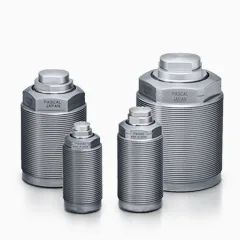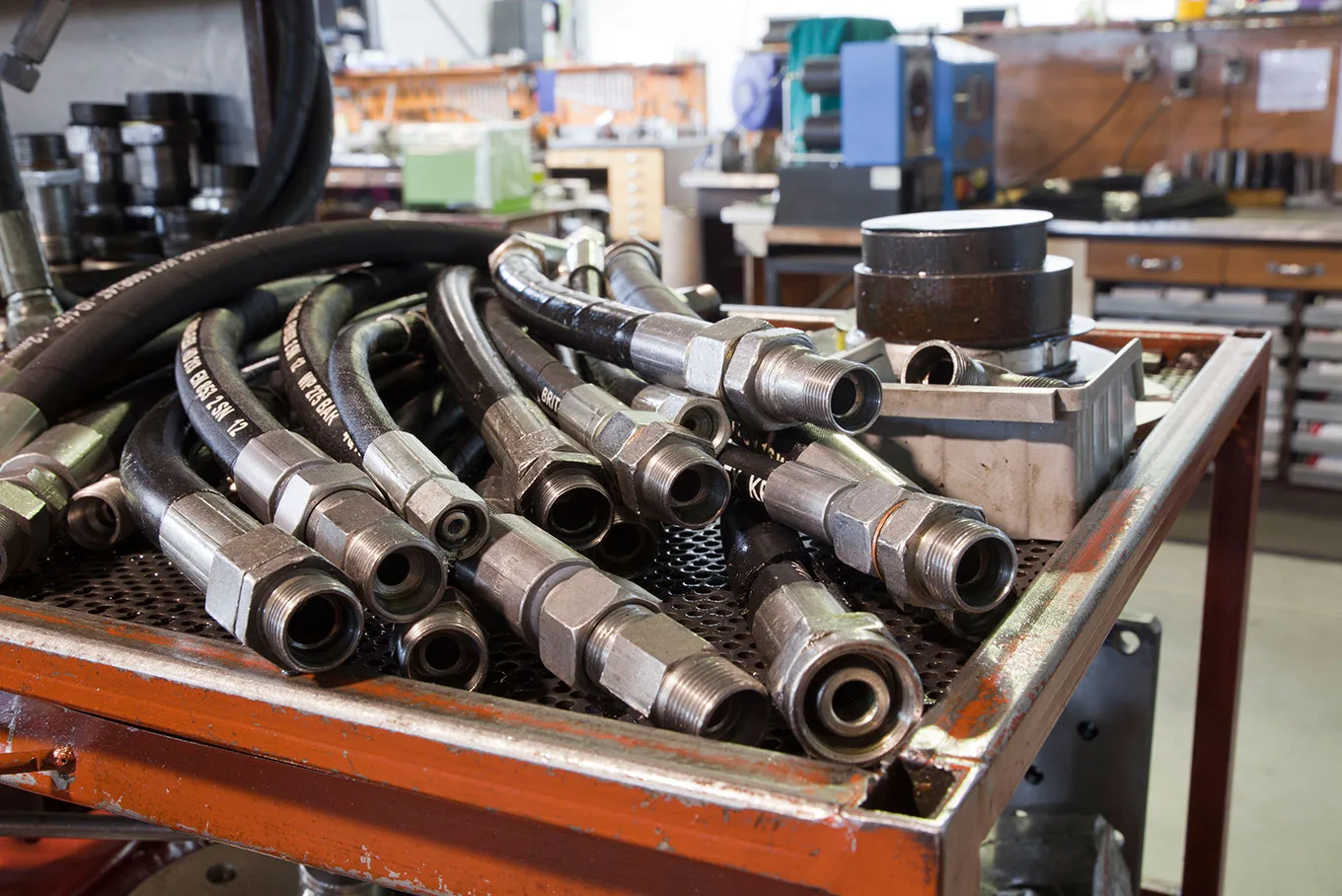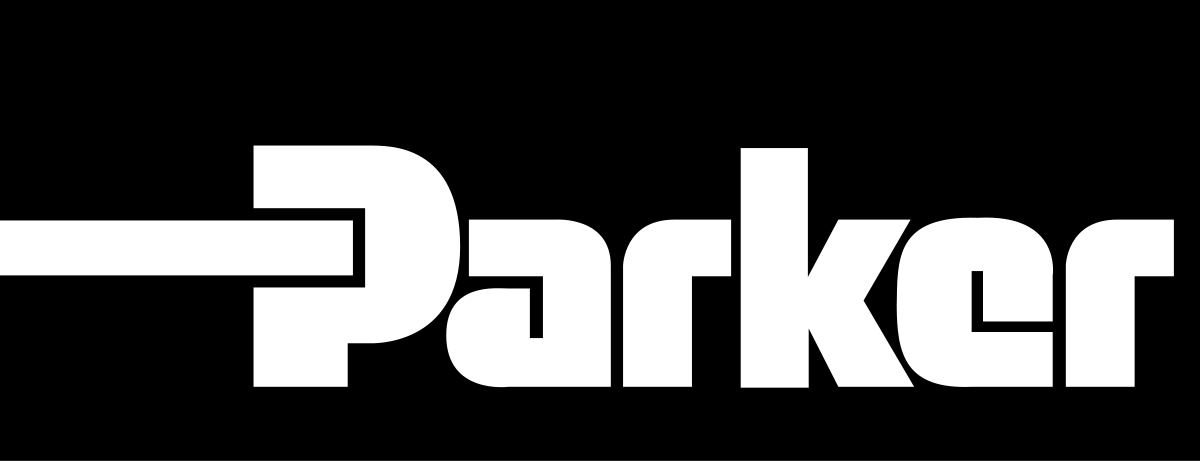
Japanese Precision
Pascal work supports are designed and manufactured in Japan using the most modern techniques and machines to deliver equipment chosen by the most discerning customers.
Japanese Quality
Quality is paramount, long life and reliable operation is designed in from the beginning, only materials of the highest standards are utilised and these are manufactured, assembled and tested in the factory, packaged and heat sealed in a plastic wrapper so you can know you have received new product, clean and ready for work ion your system. Work supports are available in 3 forms, Standard Pressure, to 70 bar (1000psi), 350 bar (5000 psi) and Pneumatic 10 bar (147 psi).
Support where it is needed
The function of a work support is to either be extend by operating pressure to contact or compression of a light spring, when the plunger is caused to exert the maximum force, approximately 10N the rod is mechanically locked in that position and work support can resist compressive forces trying to collapse the rod to the rated force. This is intended to prevent the part being machined (milled, routed, drilled eg) being deflected in the direction of the induced forces. When finished, de-compression of the work support fluid allows the plunger to either retract or be released for the next cycle.
Taper and Parallel
There are essentially 2 types of Work Supports, the taper sleeve style and the parallel sleeve. The taper sleeve is the more economical model and utilises two tapered sleeves and many bearing balls to apply the squeeze force on the plunger shaft. The other, the CSU/ CSU-H type is a superior work support that depends on high tolerances and surface modifications to enhance the friction between the plunger shaft and the sleeve. This isncrease th ecost but delivers the best possible load holding capacity.
Your problems will be a thing of the past
Work supports are subject to several complaints in practice, the first is that they lock too soon and before they properly contact the surface of the supported part. This is almost invariably due to the uncontrolled flow of oil causing a pressure rise in the device before fully extended thus prematurely locking the Work Support, installation of flow controls eg VCF-01S rectifies this issue. Another is failure of the Work Support to fully retract after de-pressurisation. If there are several sequence valves in the circuit, the free return check valve spring pressures can add up to too much for the internal spring in the Work Support to over come and retract. Installing a direct line back to the line to the DCV before the first sequence valve with one low pressure check valve will bypass the checks in the sequence valves allowing retraction as required. Clogged return filters can increase the Tank line pressure to a point where the Work Support will not retract, replace the element and observe if changes occur.









